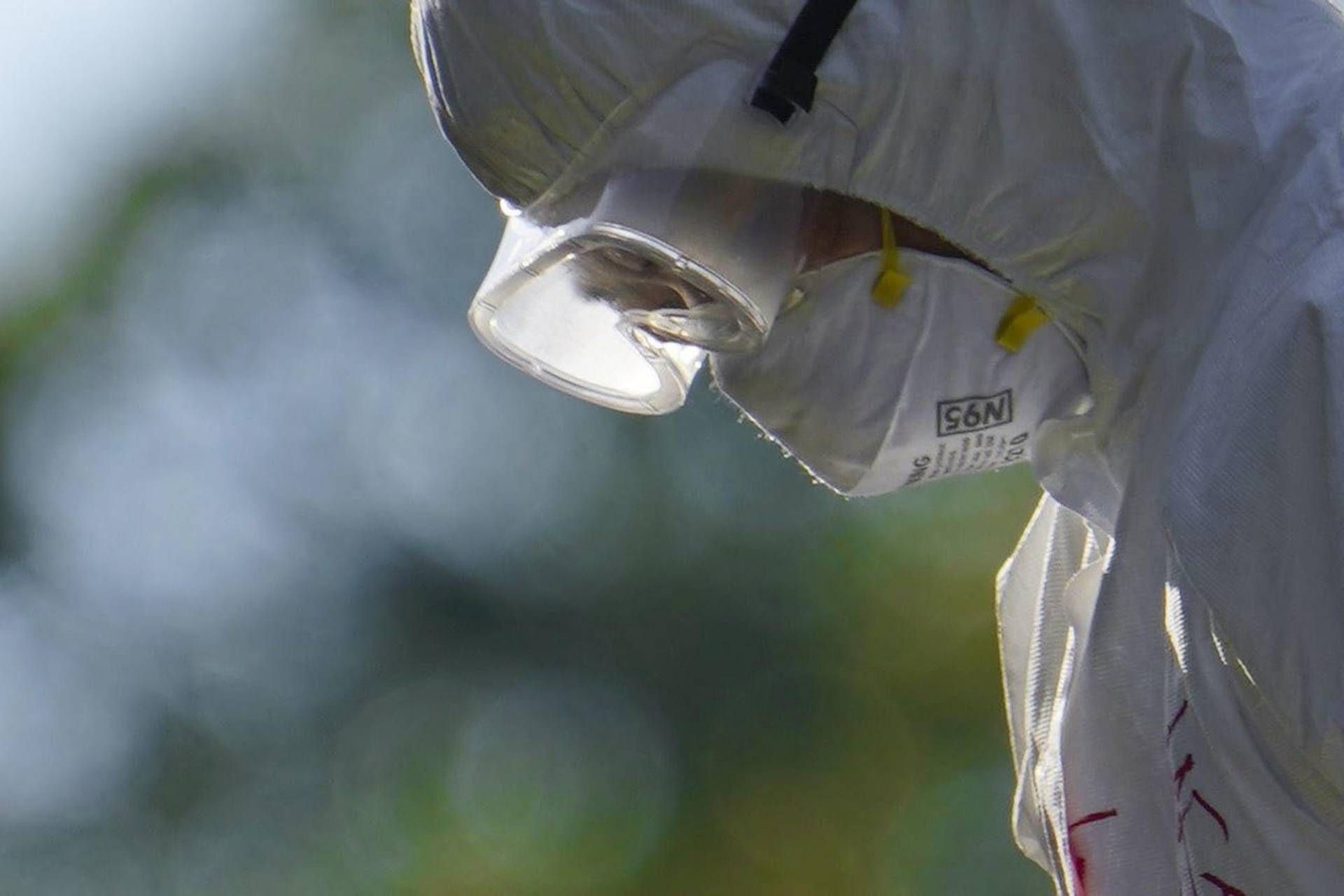Dairy farm workers face a risk of infection not only through direct contact with unpasteurized milk produced by sick cows but also through contaminated surfaces during the milking process. A study by Valerie Le Sage and colleagues from the Vaccine Research Center at the University of Pittsburgh in the USA, published in the journal ‘Emerging Infectious Disease’ by the CDC, has provided convincing evidence of this risk.
In response to the H5N1 virus epidemic in dairy cows in several American states, the authors conducted laboratory experiments to test the persistence of avian influenza A(H5N1) and human influenza A(H1N1) viruses on milking equipment materials. The study found that both viruses remain infectious on these materials for several hours, highlighting the potential risk of transmission to humans from contaminated surfaces during milking.
The concern is not only about the symptoms of the virus, which have been mild in the few confirmed human cases linked to the avian flu epidemic in cattle, but also about the possibility of the viruses adapting to humans and evolving to be transmitted between people. As a precaution, the scientists recommend implementing personal protective equipment such as masks, visors, and eye protection for workers during milking to reduce the spread of
